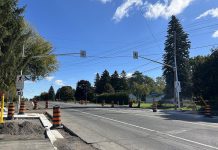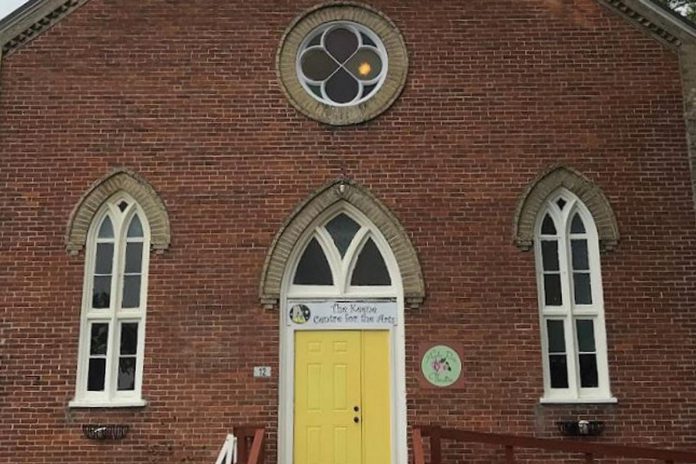Almost seven per cent of staff at Peterborough Regional Health Centre (PRHC) are currently off work due to COVID-19, according to Dr. Lynn Mikula, the hospital’s executive vice-president, chief of staff, and chief medical executive.
During a media teleconference on Tuesday (January 11), Mikula said around 200 of the hospital’s more than 3,000 staff are not working because they have either have COVID-19 or have been identified as a high-risk contact of someone with COVID-19.
“The vast majority of these cases and exposure occurred in the community, not in the hospital,” Mikula pointed out.
While Mikula added no staff with COVID-19 are working at the hospital, there are currently three active outbreaks: one in the neonatal intensive care unit involving two cases, one in the A5 inpatient unit involving five cases, and — most recently — one in the B4 inpatient unit involving seven cases.
“Heightened infection-control measures are in place on the affected units, including testing of asymptomatic patients, staff, and physicians,” she said.
As of Tuesday, there are 30 patients with COVID-19 hospitalized at PRHC, including two in the intensive care unit.
“The vast majority were admitted due to respiratory symptoms or symptoms of COVID-19 that we would classify as their primary reason as to why they were hospitalized,” Mikula said.
She said it is “tricky” to report hospitalizations due to COVID-19 “accurately and consistently”, in part because a patient’s primary condition can change while they are hospitalized.
During a virtual media conference held shortly before the PRHC teleconference, Ontario health minister Christine Elliott said the province will update its reporting, beginning on Wednesday, to distinguish between patients hospitalized due to COVID-19 from those admitted for other reasons who have tested positive for the disease.
“Today, the data tells us that 54 per cent of individuals were admitted to hospital for COVID-19, and 46 per cent were admitted for other reasons but have tested positive for COVID-19,” Elliott said.
In ICUs, 83 per cent of patients were admitted due to COVID-19, and 17 per cent were admitted for other reasons but have tested positive for COVID-19, she added.
With 3,220 patients with COVID-19 currently hospitalized across Ontario, those percentages would mean around 1,740 were admitted because of the disease, with around 395 of the 477 patients with COVID-19 currently in ICUs admitted because of the disease.
“While this doesn’t change the serious situation in Ontario’s hospitals, we feel it is important to share this data to provide additional context and support our continued response to the pandemic,” Elliott said.
As for the situation at PRHC, Mikula said the hospital is operating “at or close to” 100 per cent capacity most of the time but is managing “reasonably well.”
Mikula said that, while PRHC has enough physical space to care for COVID-19 patients, the “real restriction” is the shortage of staff for additional beds.







































